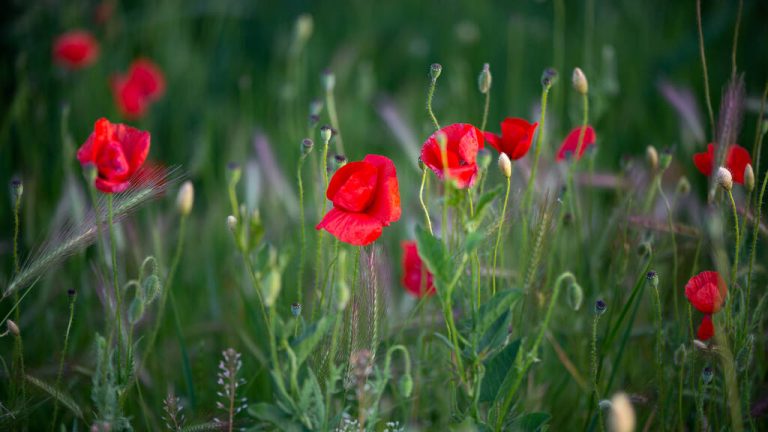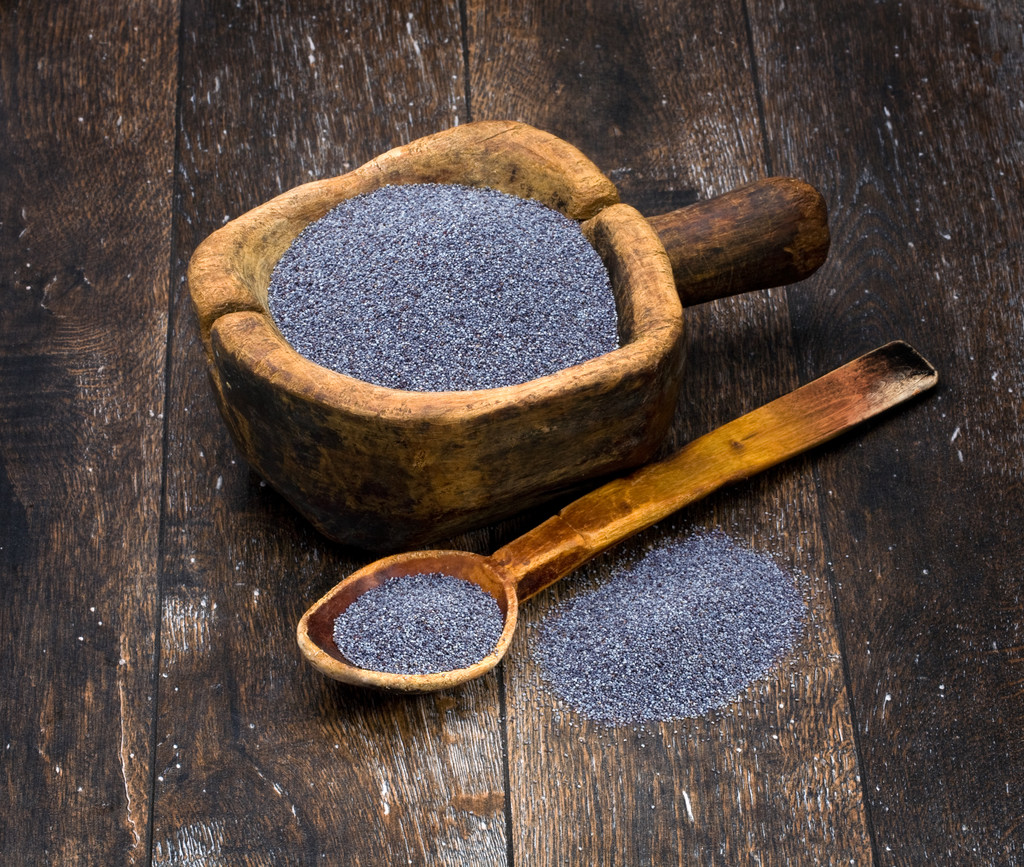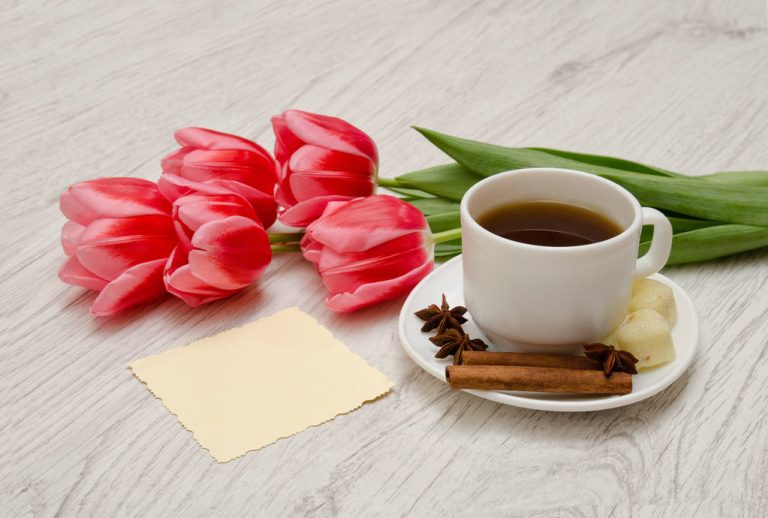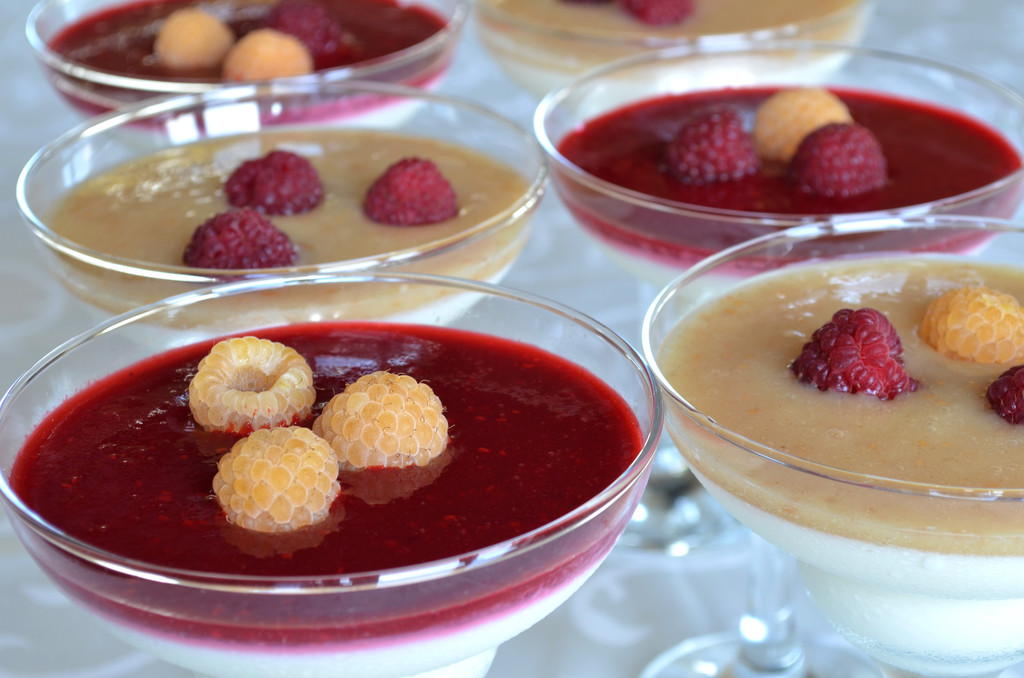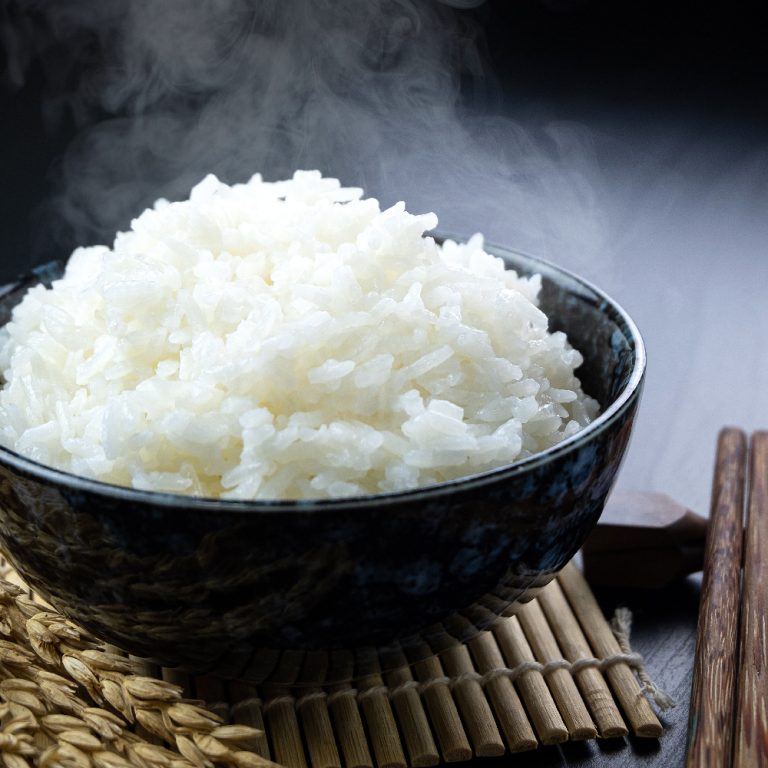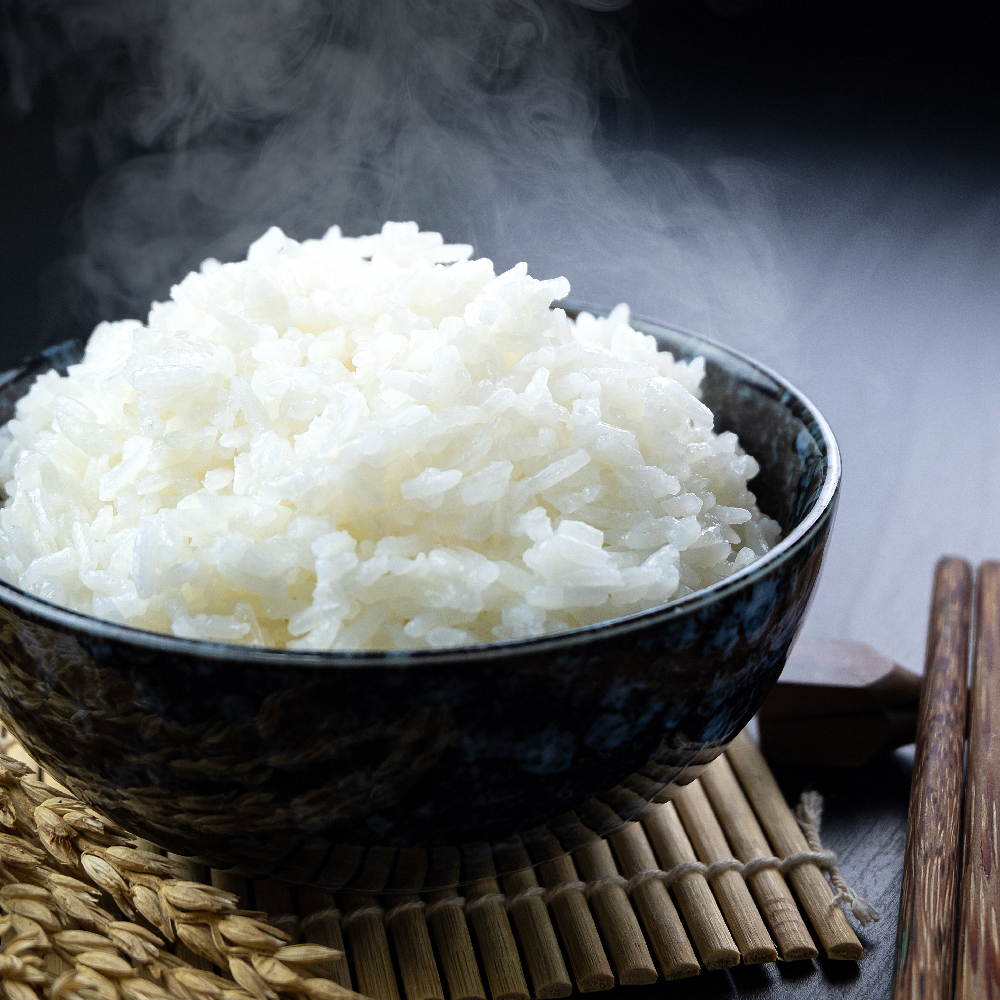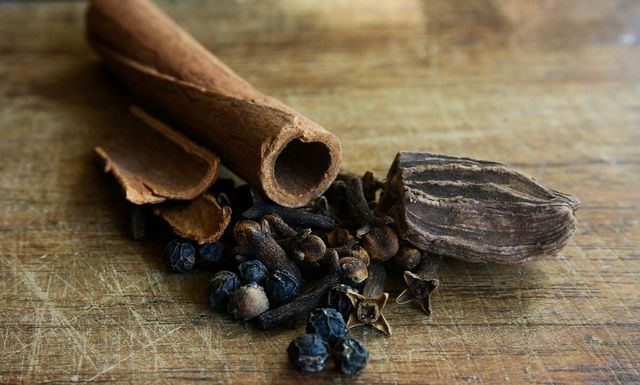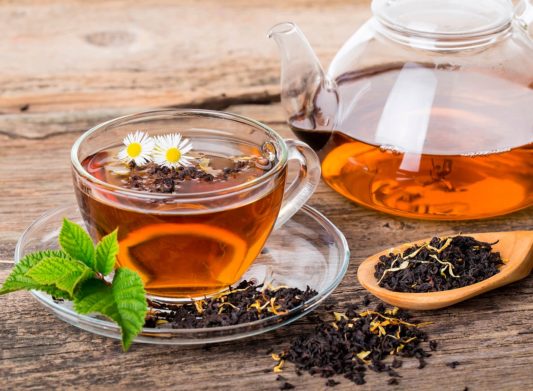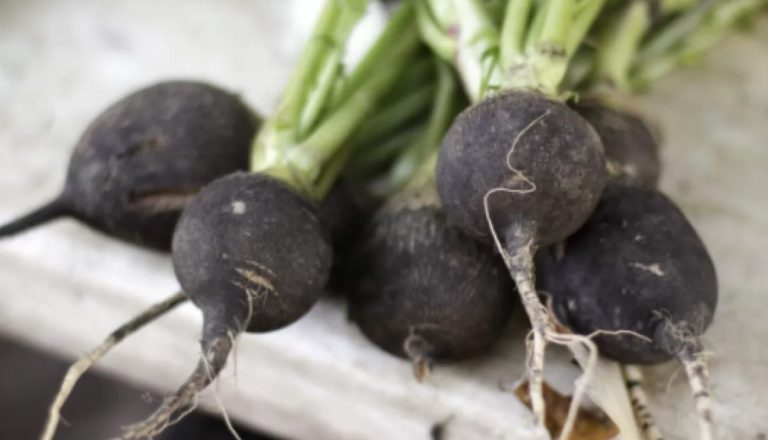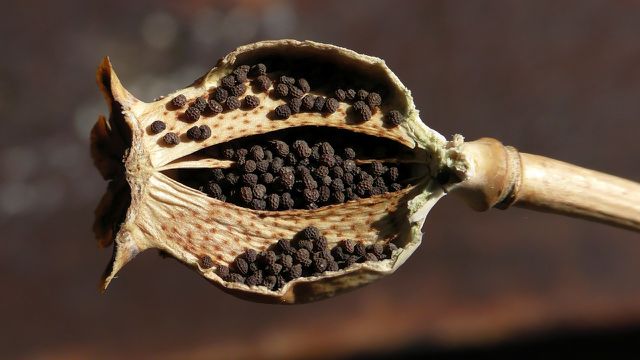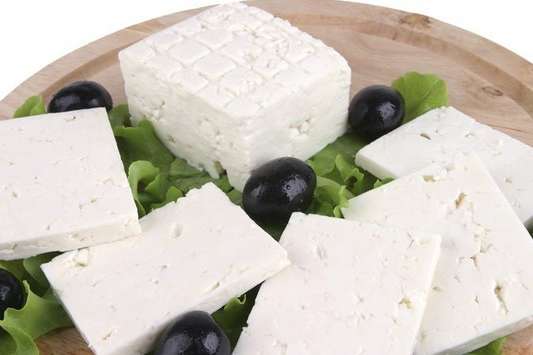Black radish tastes sharper and more aromatic than other varieties. You can grow it yourself – find out here what you need to look out for and how you can use the winter radish.
Also called winter radish, black radish is a particularly undemanding type of radish. It has a thick, mostly dark brown or almost black skin – hence its name. Inside, however, the root vegetable is white.
You can use black radish both as a food and as a home remedy for coughs. Since it is quite easy to care for, you can also plant it as a beginner when growing vegetables. To ensure that it thrives in your garden, you should follow a few tips.
How to grow black radish
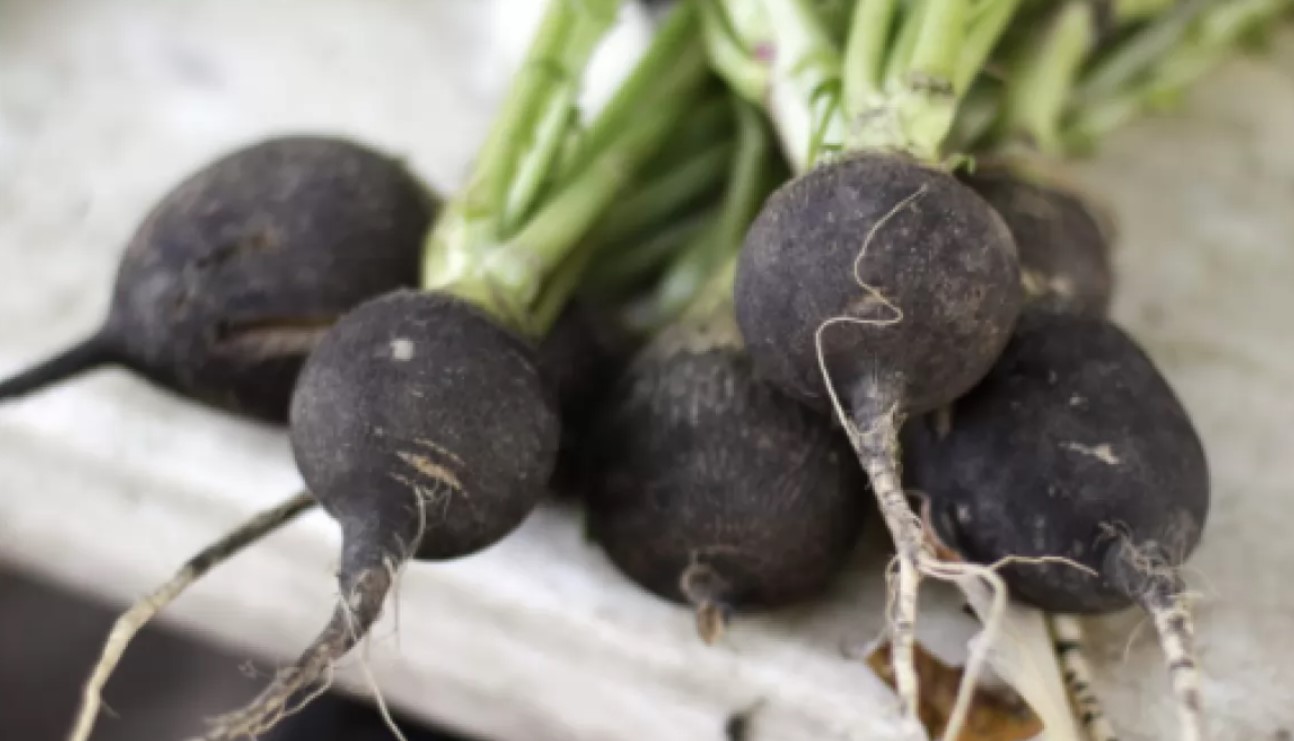
Plant black radish: Depending on the species, sow the black radish from mid-June to August. You can find out the exact time from the seed packet. Preferably buy organic seeds. Proceed as follows when sowing:
First, make furrows in the soil into which you will later scatter the seeds. Keep a distance of at least 20 centimeters between the individual rows.
Now scatter the seeds in the rows of plants.
Cover round seeds very lightly with soil. If you bought a species with elongated seeds, you need to sow the seeds about two centimeters deep.
Finally, water the seeds generously.
The right location: Similar to white radish, black radish prefers full sun to half shade.
The right soil: It is best to plant black radishes where the soil is nice and loose, deep and rich in humus. Mix some compost into the soil about a month before sowing.
The right care for the black radish
Black radish is quite easy to care for. With a few tricks you will soon be able to harvest the first tubers:
Watering: Water regularly, because the black radish needs a lot of water, especially during the growth phase. Rainwater is best; you can, for example, collect rainwater.
Weeding: Black radish grows relatively slowly. To ensure that it always gets enough sunlight and water, you should regularly loosen the soil and remove weeds.
Fertilizing: If you have fertilized the soil with compost before sowing, you do not need any further fertilizer. After a month you can mix some horn shavings or other organic fertilizer into the soil if needed.
Harvest: Depending on the variety, you can harvest the first radishes after eight to thirteen weeks. It is only important that you do not leave the black radish in the ground for too long, otherwise it will become woody. First loosen the tubers with a digging fork before you pull it out of the ground.
How to use black radish
You can use black radish in different ways:
In the kitchen: Similar to the white radish, black radish is particularly popular as a raw vegetable. Peeled and finely grated, you can eat it as a radish salad or on a piece of bread. If you sprinkle it with salt, you reduce its sharpness a bit. You can also pickle black radish or cook it in vegetable soups. For example, you can replace the horseradish with black radish in this recipe: Horseradish Soup: Easy Recipe and Tasty Variations.
As a medicinal plant: Black radish contains a lot of vitamin C, mustard oils, magnesium and potassium. These and some other ingredients make it very interesting for medicinal and folk medicine. It is used there, for example, to alleviate the symptoms of rheumatism, gout and respiratory diseases.
As a cough syrup: black radish gets its typical spiciness from the mustard oils it contains. These have an antibacterial effect and can help with dry coughs, for example. Therefore, you can make an effective cough syrup from the tuber.
Black radish cough syrup recipe
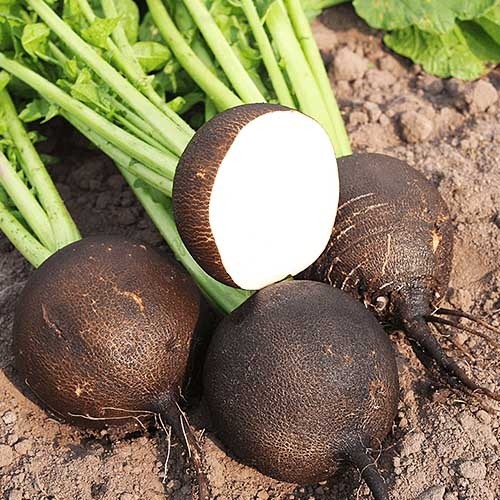
For the black radish cough syrup you need:
a black radish
honey, sugar or rock candy
This is how you can use the cough syrup in the quick version:
Halve the black radish with a sharp knife.
Place both halves in front of you with the white insides facing up. If the halves wobble a bit, cut off a small piece at the bottom so they stay put.
Take a teaspoon. In the center of each half, dig a hole about two inches wide and one inch deep. You can eat the inside of the radish right away or use it in a dish.
Place each halves in a small bowl. Now put your sweetener in the hole.
Leave the bowls for a few hours until the sugar has drawn liquid out of the black radish. Then you can spoon out the cough syrup and enjoy!
Then enlarge the hole to continue using the halves.
If your black radish sits small and shriveled in the bowl, the sugar has drained all of the liquid and it’s time to discard it.
This is how you prepare the cough syrup a little more complex:
First, use a sharp knife to cut the top of the black radish straight off. The upper end must later act as a “lid”.
Now scoop out the radish with a teaspoon or knife in a cone shape. Finely chop the radish insides and set aside.
Now poke a few holes in the bottom of the radish. It is best to use a skewer or a knitting needle for this. The cough syrup later runs through these holes.
Now fill the hollowed-out radish halfway with honey and add the remaining radish pieces.
Give everything a quick stir and put the radish “lid” back on.
Place the stuffed radish on a plate or in a jar and let it sit for a few hours.
Pour the reserved syrup into a clean jar and store in the refrigerator.




